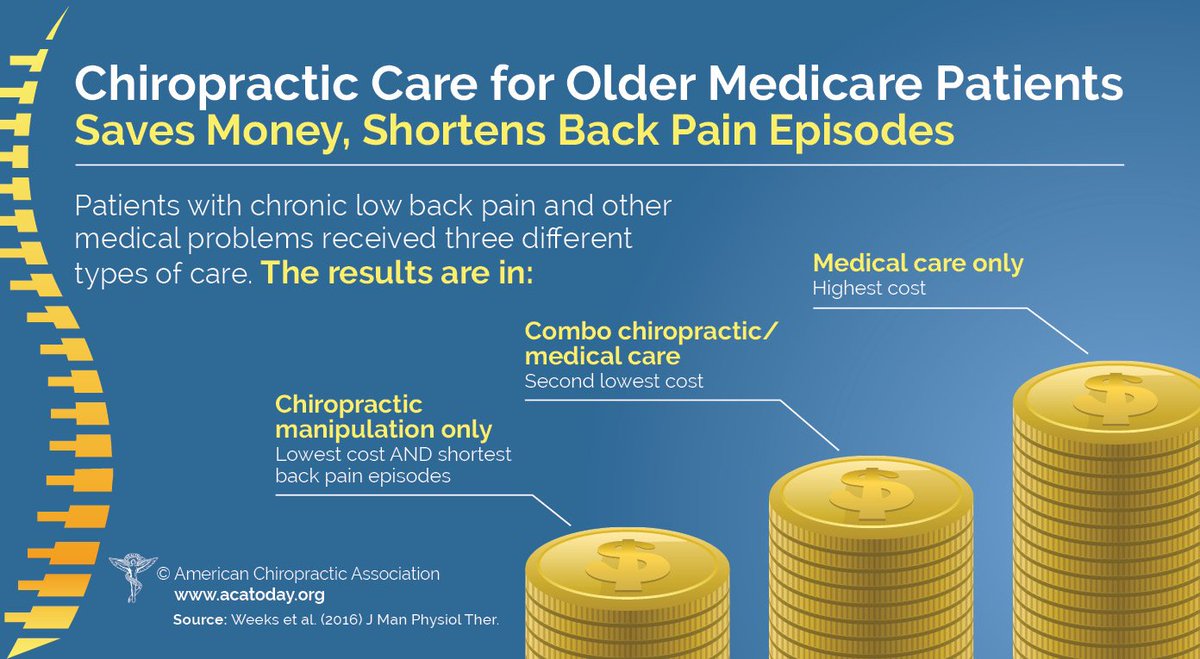In What Methods Does Cold Laser Therapy Utilize Light To Transform The Landscape Of Recovery, And What Interesting Advancements Are On The Horizon For Discomfort Monitoring?
In What Methods Does Cold Laser Therapy Utilize Light To Transform The Landscape Of Recovery, And What Interesting Advancements Are On The Horizon For Discomfort Monitoring?
Blog Article
Article Composed By-Ditlevsen Munck
When thinking about alternate therapies, cold laser treatment attracts attention due to its special approach to recovery. By utilizing certain wavelengths of light, it targets cellular features and advertises healing in a non-invasive way. This technique not only improves ATP manufacturing however also aids in minimizing inflammation and discomfort. As study continues to unfold, the effects for recovery and discomfort administration could be considerable. What does this mean for future therapy alternatives?
The Mechanisms of Cold Laser Treatment
Cold laser therapy, likewise referred to as low-level laser therapy (LLLT), functions by boosting cellular feature through the application of specific wavelengths of light.
When the laser light permeates your skin, it interacts with the mitochondria in your cells, boosting ATP manufacturing. This boost in ATP invigorates your cells, promoting healing and regeneration.
Read More On this page , improving their leaks in the structure and helping with nutrition absorption while eliminating toxic substances. Furthermore, cold laser therapy sets off the release of endorphins and lowers inflammation, aiding your body react better to injury.
You'll experience improved blood flow as the therapy promotes capillary growth, ensuring that oxygen and nutrients reach damaged cells a lot more efficiently.
Understanding these systems can assist you value its possibility in advertising recuperation.
Potential Advantages of Cold Laser Therapy
When thinking about alternatives for discomfort alleviation and healing, you could discover cold laser therapy to be an enticing choice. This non-invasive technique can help reduce inflammation, alleviate discomfort, and promote cells fixing.
Many individuals report quicker recuperation times from injuries and surgical procedures after going through cold laser treatment. It's specifically helpful for conditions like joint inflammation, tendonitis, and muscle strains.
You might also appreciate that it has marginal adverse effects compared to pharmaceuticals. Furthermore, cold laser treatment can enhance flow, which helps in supplying nutrients and oxygen to damaged areas.
Current Study and Scientific Applications
As rate of interest in cold laser therapy grows, researchers are discovering its different applications and efficiency in clinical setups. can laser therapy make pain worse 'll locate research studies investigating its duty suffering administration, injury recovery, and lowering inflammation.
In physical treatment, specialists utilize cold laser treatment to boost recovery in sporting activities injuries, while dentists are locating it helpful for treating oral discomfort and gum conditions. Ongoing tests are analyzing its potential in dealing with problems like arthritis and neuropathy.
https://healthnews.com/family-health/dental-and-oral-health/undergoing-tooth-extraction-avoid-dry-socket/ intend to establish standard procedures and does, ensuring security and efficacy. As more evidence arises, you may see cold laser treatment coming to be a staple in both rehabilitation and pain monitoring, offering patients a non-invasive alternative that complements standard therapies.
Verdict
In conclusion, cold laser therapy uses a promising technique to recovery by harnessing particular wavelengths of light to enhance mobile features and promote recovery. With advantages like improved blood flow, minimized swelling, and pain alleviation, it's becoming a valuable choice for numerous problems. As study continues to develop standard methods, you can look forward to higher approval of this non-invasive treatment in rehab methods and pain management techniques, making it a potential game-changer for several patients.
